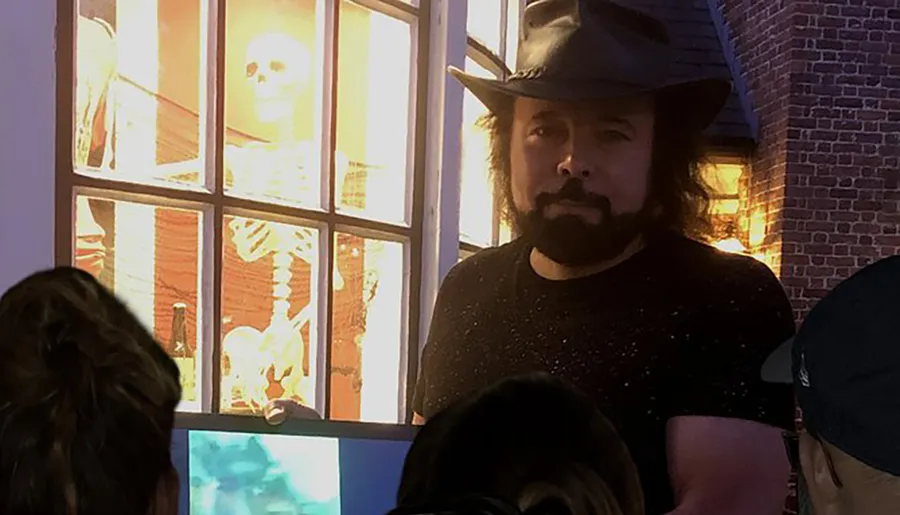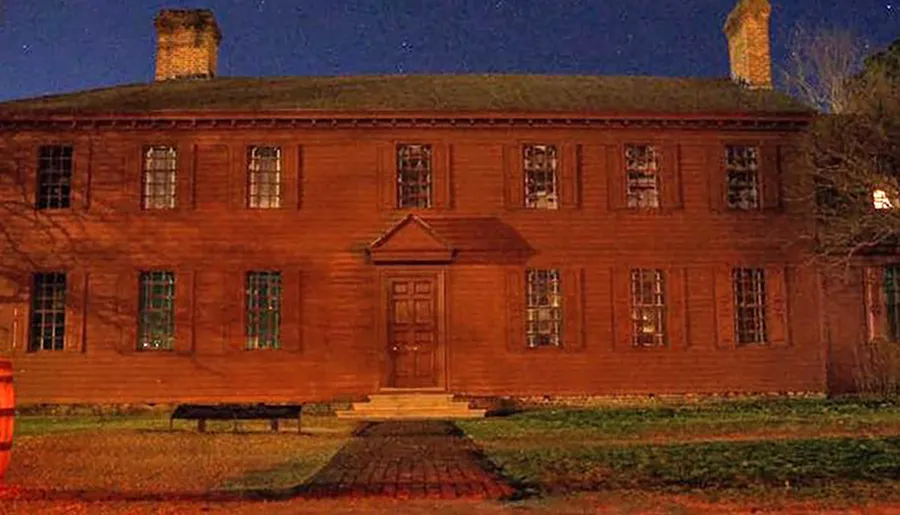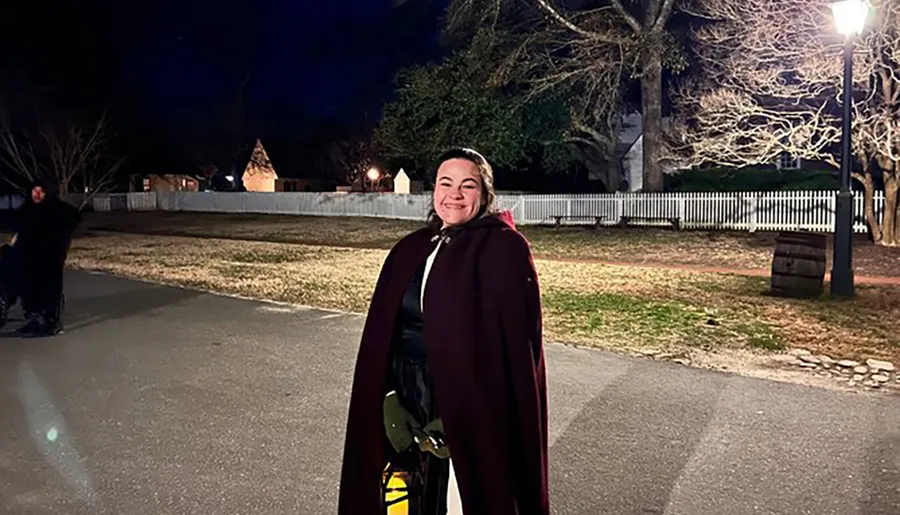
Peyton Randolph House in Williamsburg, VA
A stellar example of colonial architecture and one of the oldest original homes in the United States, it provides visitors an invaluable glimpse into 18th-century life. The Peyton Randolph House and its exquisite Georgian architecture stand as a testament to the rich history of one of America's first settlements, beckoning both history buffs and curious tourists alike to step into a bygone era.
Built in 1715, the Peyton Randolph House tells a compelling story spanning over 300 years. Although the house is named after Peyton Randolph, the first President of the Continental Congress, it was originally constructed as a one-room dwelling for William Robertson, a colonial merchant. Over time, it expanded to accommodate the prestige of its famed inhabitants, including Sir John Randolph, a remarkable figure in colonial Virginia politics. The property sprawls over just under an acre portraying authentic 17th-century landscaping, encased within Williamsburg city limits, retaining original architectural elements such as the wooden floors, paneled walls, and even the home's towering chimneys.
The Peyton Randolph House offers stunning highlights that go beyond its magnificent facade. Upon entering, visitors find themselves immersed in an authentic reconstruction of a colonial home, with period-correct furnishings, fixtures, and household artifacts. The house serves as a vivid tableau of the tumultuous epoch it endured, from the American Revolution to the Civil War. Its charming garden, containing native plant species, provides a serene enclave for those seeking respite from the city's bustle. Furthermore, with the house's location right in the heart of Colonial Williamsburg, guests can also explore surrounding landmarks such as the Governor's Palace and the Capitol.
One of the unique features of the Peyton Randolph House is its connection to the American Revolution's covert side. A tour of the house includes cellar rooms that were allegedly used for illicit Patriot meetings, seemingly ordinary quarters that became secret stages for espionage and revolution. This thrilling aspect adds an intriguing layer to the house's allure, allowing tourists to visualize the revolutionary fervor that once occupied these rooms.
In conclusion, the Peyton Randolph House merges historic charm with architectural grandeur, providing an enriching and immersive experience of colonial America. Whether it's for its distinct Georgian architecture, its historic significance, or the sheer allure of the mystery it houses within its storied walls, the Peyton Randolph House stands as an unmissable destination for anyone visiting Williamsburg. This Virginia treasure is more than just a building; it's a living testament to the birth, struggle, and emergence of the United States as a nation.




